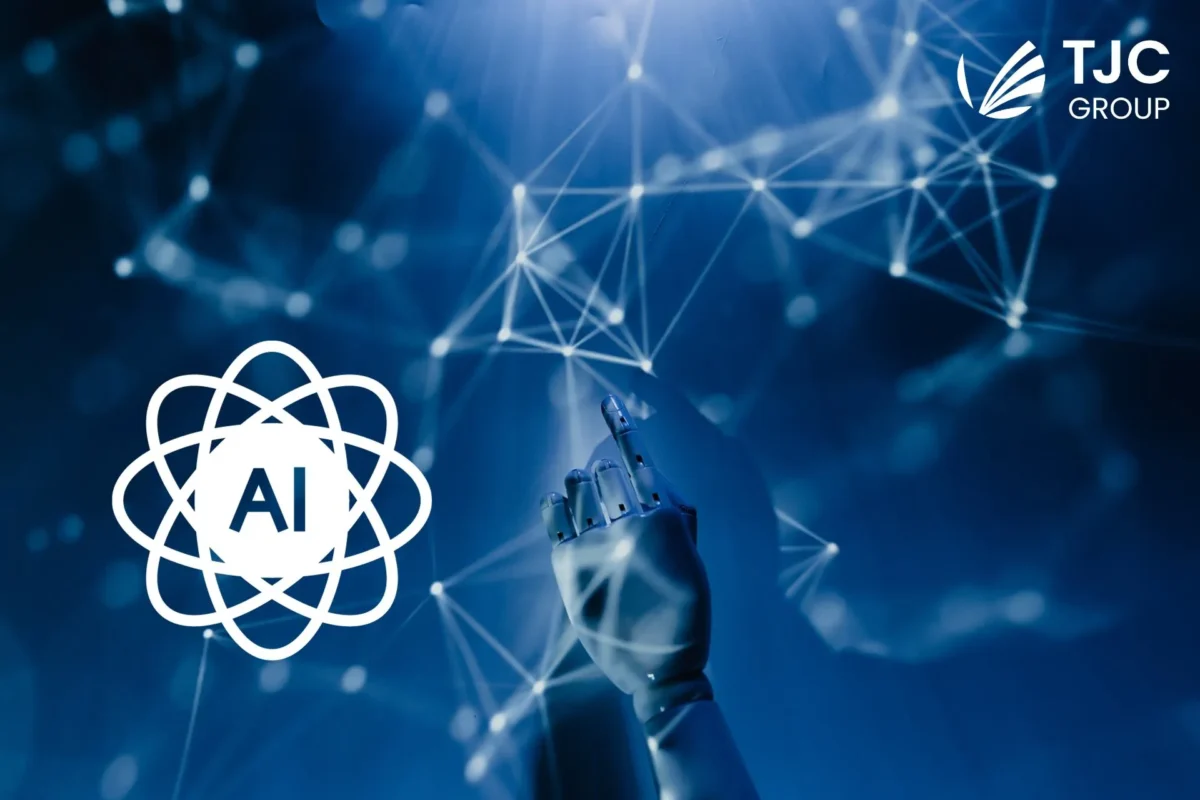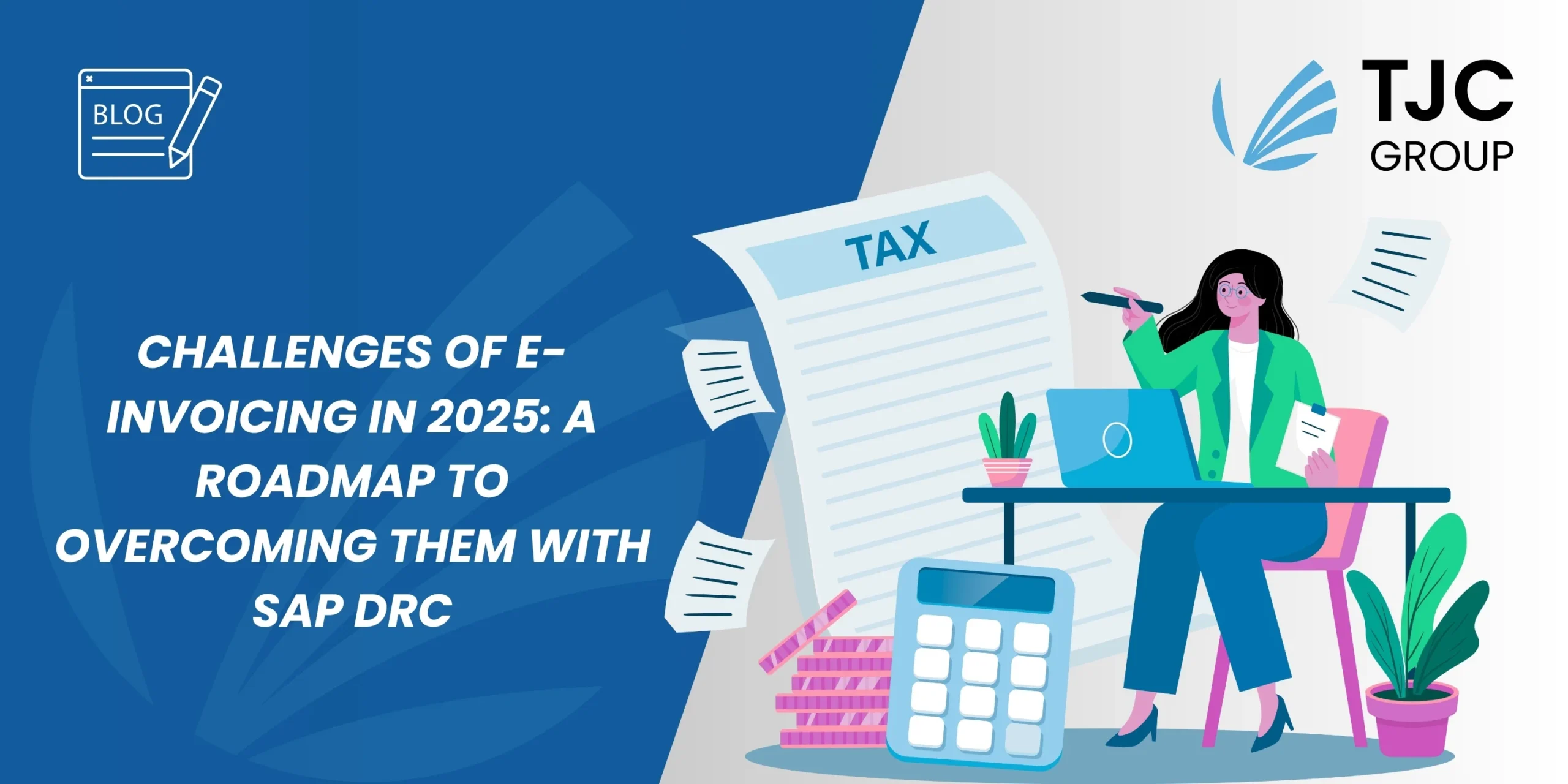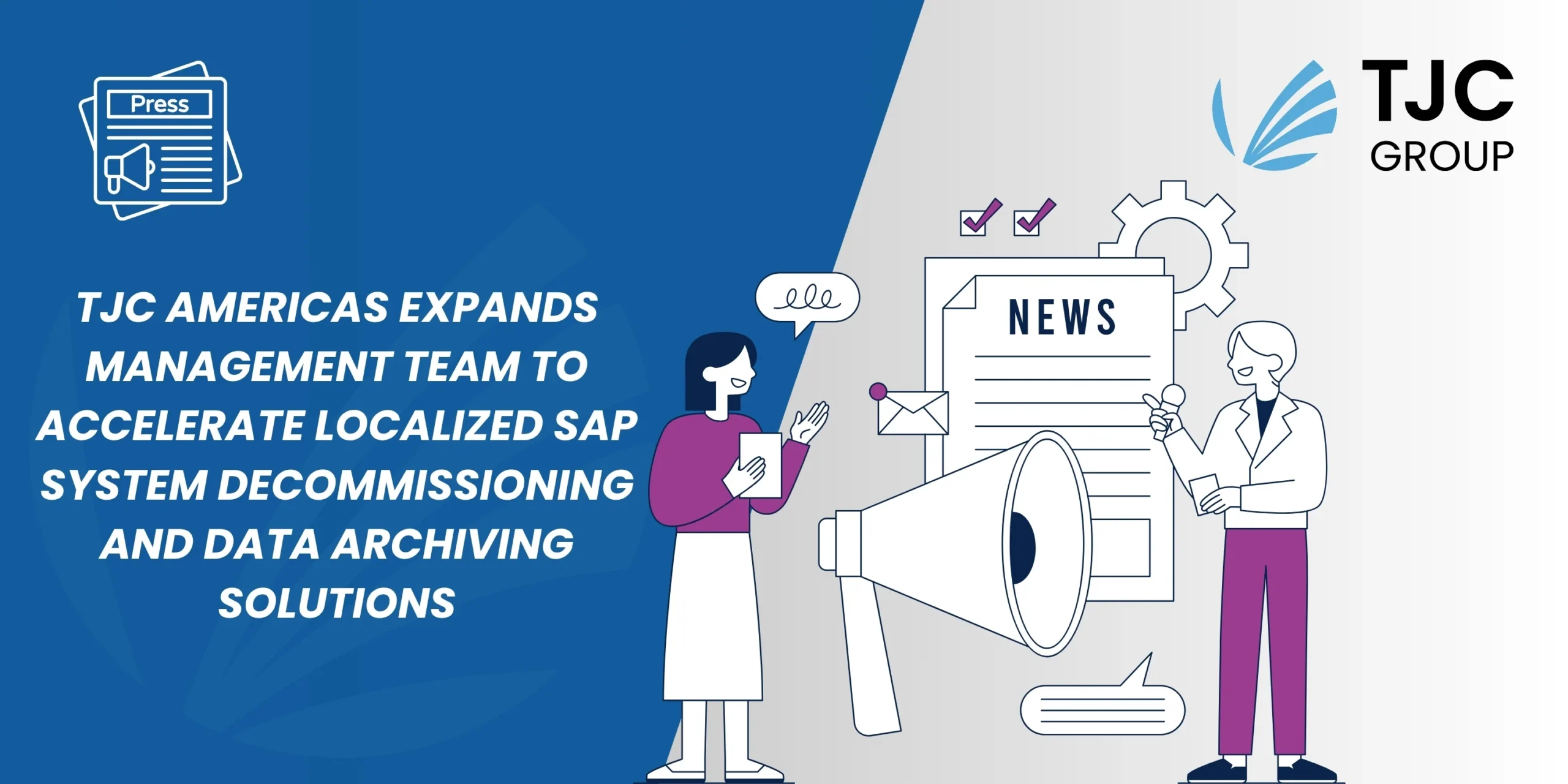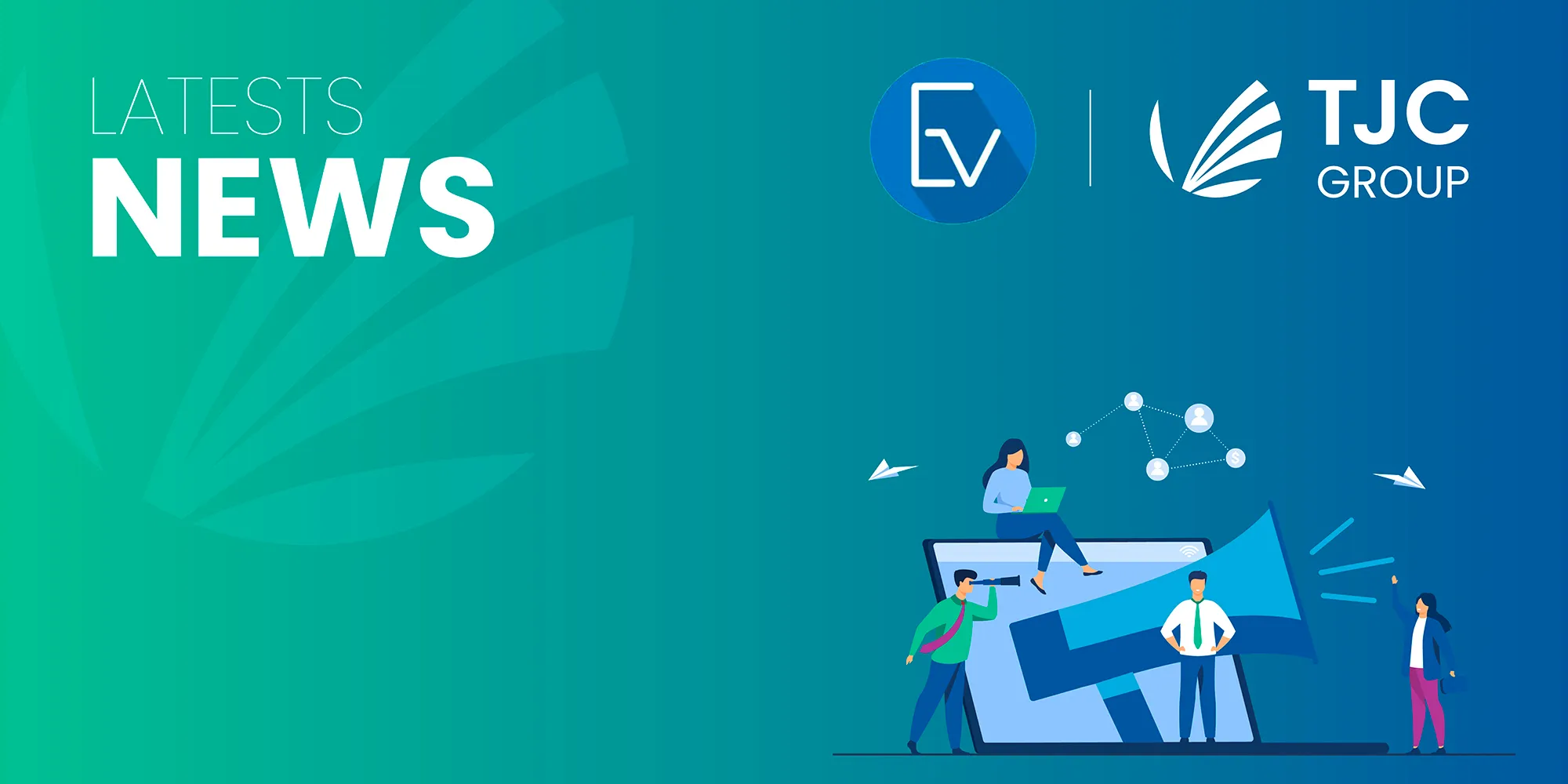Author: Thierry Julien, CEO, TJC Group
The “KPMG 2023 CEO outlook” states that Global CEOs are considering generative AI as a top investment priority: “The survey shows that 70% are investing heavily in generative AI as their competitive edge for the future (especially for legacy system decommissioning), with most of them (52%) expecting to see a return on their investment in three to five years. In fact, increased profitability was cited as the number one benefit of implementing generative AI within an organisation (22%).”
Table of contents
Navigating into the future with AI
In today’s landscape, it is no second-thought that organisations need data to benefit from game-changing AI models. And many companies are engaged in the move to SAP S/4HANA which could leave them with reduced data history. The main challenge is keeping old systems such as SAP ECC, available at an affordable cost. Keeping legacy systems is no longer a cheap and easy task for a number of reasons: data protection requirements, and vulnerabilities from firmware, operating systems, and SAP on-premise applications force you into a choice: patching or decommissioning such systems.
What SAP experts have to say?
Mark Vigoroso, Chief Content Officer at SAPinsider, made recently a point of ‘getting ready for AI with a strong data management foundation’. In his article, Vigoroso refers to the words of Daniel Yu, SAP’s Senior Vice President and Product Marketing & Solution Management, SAP Data and Analytics), and he quotes: “The good news is that all these data initiatives that companies had before around data governance, data cleansing, and data management are still relevant if not more so than ever before”.
But yet, Vigoroso’s list to prepare enterprise data to leverage AI productively includes the following:
- Data quality
- Data management
- Data privacy and security: This includes data encryption, access controls, and data masking.
- Data lifecycle management
- Data cataloguing and metadata
- Data lineage
- Data stewardship
- Data compliance
- Data access and authorization
- Data governance council
- Data training and awareness.
- Data auditing and monitoring
Yet, with AI, the stakes are higher. “It’s no longer decision support, meaning there’s some other element there to make a final decision. With AI, that decision now will become automatic. So that data trust level is 10 times, maybe 100 times more important,” said Mike Keilen, SVP Solution Management & GTM BTP-Core at SAP.
Explore how ELSA meets AI for a strategic way forward
Now, let’s see how Enterprise Legacy system application (ELSA) can shed some light.
- Firstly, as the original legacy system is no longer here, it provides a native tax archive, that is, the ability to provide trustable data that is complete and non-tampered.
- Secondly, both SAP and non-SAP systems will be accessible from the same architecture (not necessarily a monolithic one). Data training and awareness are made easier. It’s important to note that when older employees and consultants retire, or when systems come from multiple mergers and acquisitions, the legacy data must be available and retrievable.
- Thirdly, the remaining topics become easier to handle (including access and authorization, data management, data auditing, data masking).
Based on SAP BTP platform, with information (reports, documents and data) being stored on premise or on any hyperscaler, ELSA provides information at your fingertips. Learn more on this Guide to Understanding SAP BTP.
You may also remove duplicate data from data warehouses, data mesh and data fabrics. System decommissioning offers a more complete and robust vision of data than data you exported through an Extract, Transform, Load (ETL) process, while considering the source system will remain accessible.
ELSA information is then accessible from SAP® S/4HANA, SAP® datasphere, or SAP® Build, but also from any non-SAP modern application such as Microsoft PowerApps of Microsoft Azure data fabric.
The final word
ELSA will become the single source of access to legacy system information, as the data source for the yet to be defined game-changing corporate AI model.
Just remember that “increased profitability was cited as the number one benefit of implementing generative AI within an organization (22 percent).”
Now we may state that ‘data is gold’. And ELSA is the solution delivering it!
Find out more about System Decommissioning with ELSA in this video:










